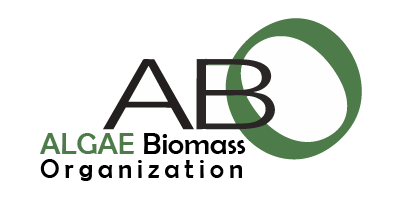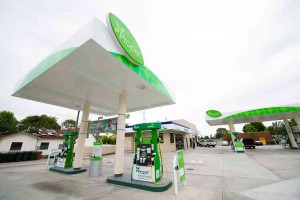Using algae to produce renewable biofuels is an application of our industry that gets a lot of attention. But algae are far more than tools for fuels. They can also be used to produce chemicals, feeds and food supplements.
Just this week one company, Algal Scientific Corp., won the top prize at the Accelerate Michigan Innovation Competition for their technology that uses algae to produce food supplements. CBS Detriot has the details, with one paragraph that illustrates the opportunity the company is looking at:
“The company originally proposed converting concentrated food and beverage industry process streams into bioproducts worth $500 to $1,000 a dry ton. Now, the company is concentrating on beta-1.3-glucan, estimated to be worth $10,000 to $100,000 a ton. Beta glucan helps boost the immune system of animals, encouraging more rapid growth and weight gain.”
A host of other companies are using algae to produce feeds, fertilizers and even to treat waste water. Given algae’s incredible efficiency and versatility we can expect more news like this in the future.
You can read more about Algal Scientific Corp and their award here.


